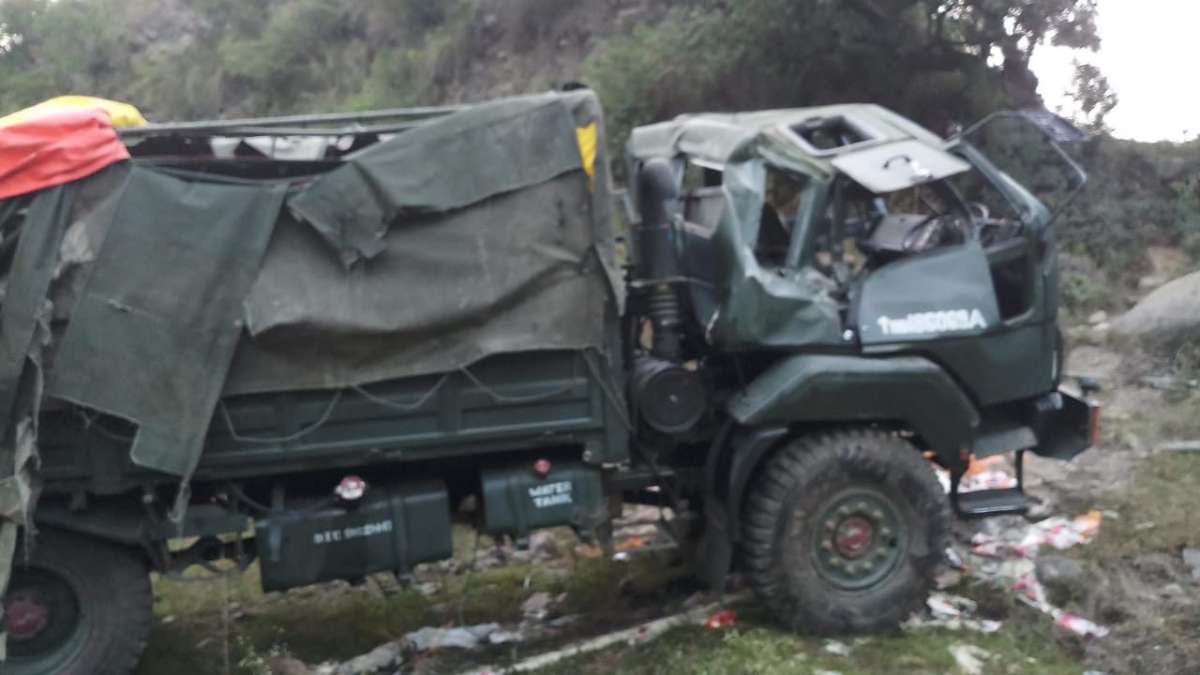The Indian Council of Medical Research (ICMR) has advised doctors to avoid using antibiotics in cases of patients with low-grade fever and viral bronchitis among others.
Also Read: After suffering huge loss in Bitcoin trade, Techie kills daughter as he had no money to feed her
In its guidelines released on Saturday, the national health research agency has also advised doctors to follow a timeline while prescribing antibiotics.
The ICMR guidelines suggest that antibiotics should be prescribed for five days in case of community-acquired pneumonia and eight days for hospital-acquired pneumonia. For skin and soft tissue infections, it suggests a duration of five days of antibiotic therapy.
“A stop date should be planned and recorded in advance to ensure antibiotics are not given beyond the recommended duration,” according to the guidelines which aim to promote rational use of antibiotics.
Also Read: DC Srinagar XI beat Div Com XI in T20 friendly Cricket match
A survey carried out by the ICMR recently to gauge the trend in antibiotic resistance across the country showed Acinetobacter baumannii, a gram-negative bacteria known to cause infection in the blood, urinary tract and lungs among others, was resistant to high-end antibiotics.
Antimicrobial Resistance (AMR) occurs when bacteria, viruses, fungi and parasites change over time and no longer respond to medicines, making infections more difficult to treat and increasing the risk of severe illness and death.
















